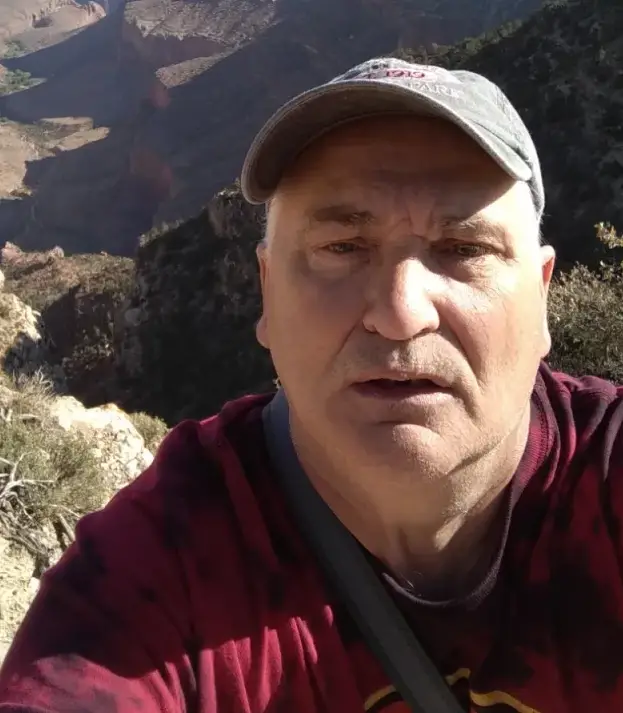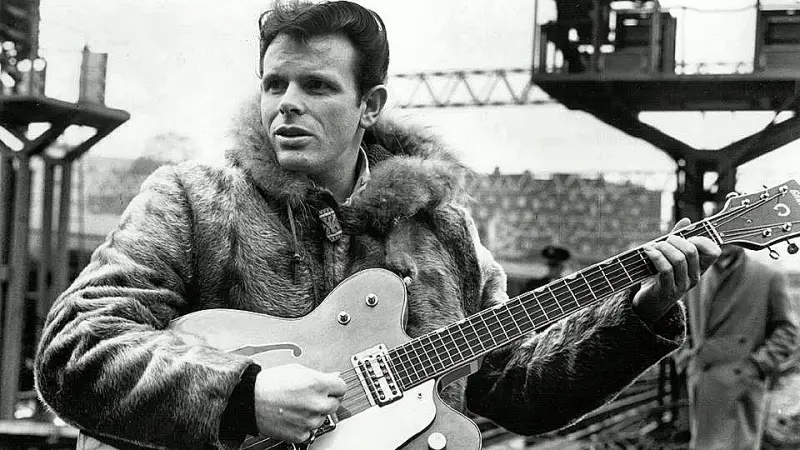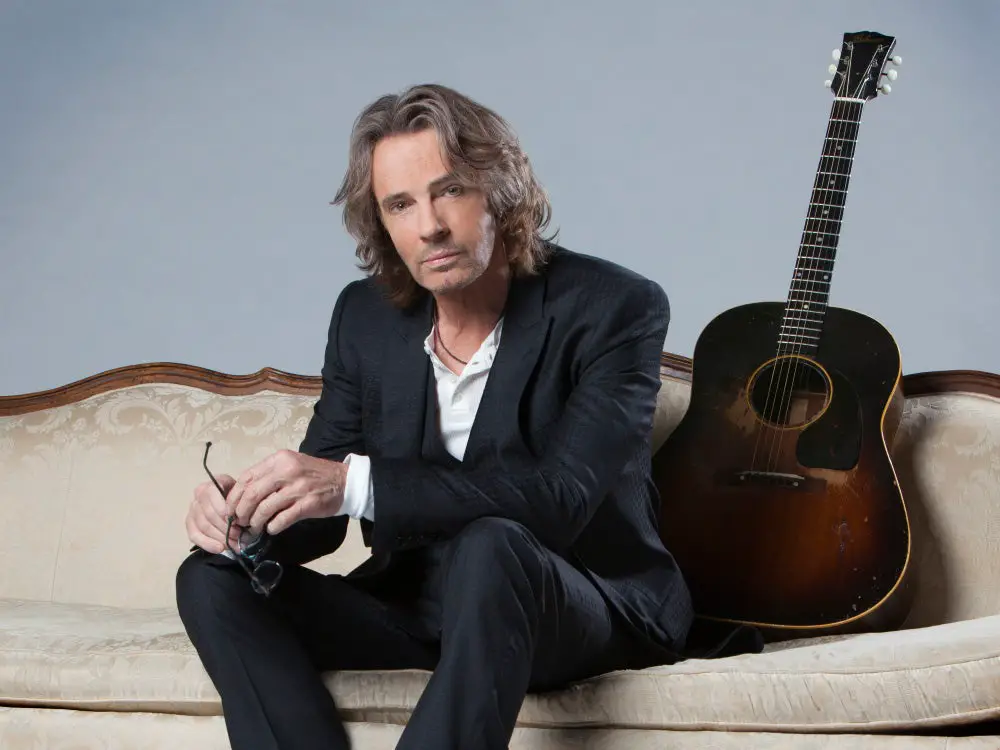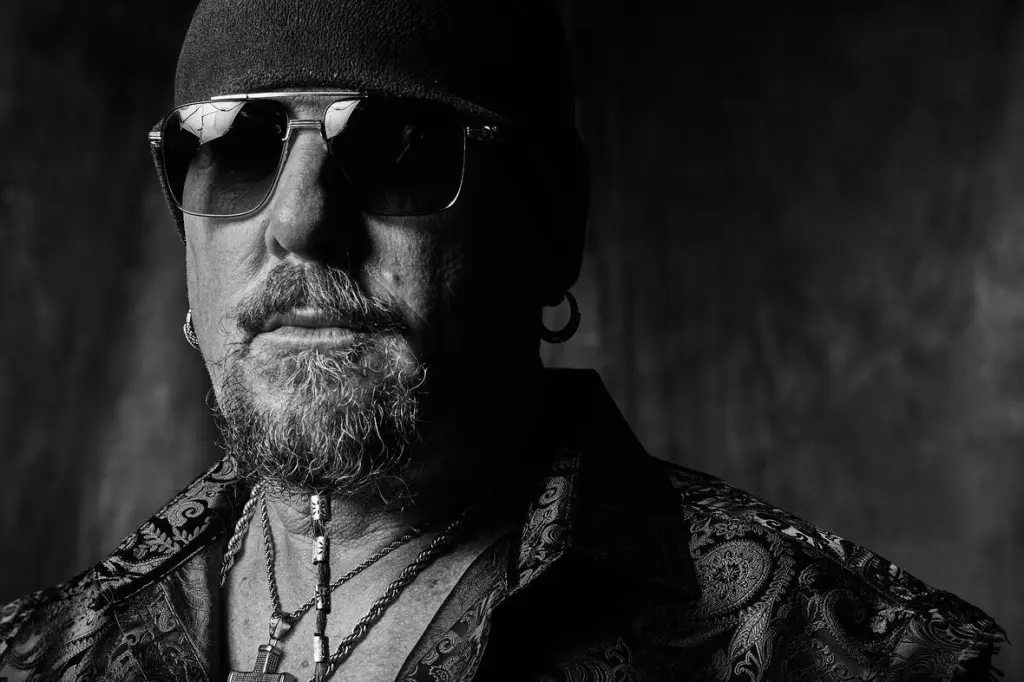All images courtesy of Getty Images/Wiki Commons

By Layne Partin
laynepartin5@gmail.com
According to the National Institute of Mental Health, depression – also called major depressive disorder or clinical depression – is a common but serious mood disorder. It causes severe symptoms that affect how you feel, think, and handle daily activities, such as sleeping, eating, or working. There are different types of depression, some of which develop due to specific circumstances.
The recent death of Naomi Judd by her own hand shocked her fans, family, and friends and once again put the spotlight on the scourge of depression. It is estimated that approximately 5% of people suffer from some form of depression, slightly more among the elderly and among teens. That equals out to roughly one in every twenty people, which means that everyone knows at least one, if not several, people who suffer from it.
Depression is no respecter of persons; it cuts across all classes of people and knows no boundaries, and was only exacerbated by the recent lockdowns caused by a worldwide pandemic.
Some of the most famous people in history have suffered from depression, including Mark Twain and Abraham Lincoln, who perhaps described it best when he wrote: “I am now the most miserable man living. If what I feel equally distributed to the whole human family, there would not be one cheerful face on the earth. Whether I shall ever be better, I cannot tell; I awfully forebode I shall not. To remain as I am is impossible. I must die or be better; it appears to me.”
Who, reading such a description of it, could ever call someone selfish who chooses to end his or her life or deem it an unpardonable sin? It is a time, according to Mark Twain: “When one’s spirit is subdued and sad, one knows not why…”
While brief sadness is normal and even healthy, prolonged periods of deep sadness that affect everyday living are not; many famous rock ‘n’ roll stars have suffered from some form of depression; some have managed to navigate the difficulties, while others haven’t successfully. This article will examine some of those tragedies and successes.

All images courtesy of Getty Images/Wiki Commons
Kurt Cobain
While grunge rock may not have originated with Kurt Cobain, few people would argue that he was certainly instrumental in bringing it to the forefront of the nineties rock scene as the lead singer of the band Nirvana.
A charismatic and uber-talented singer/songwriter, he became a prisoner of the kind of fame that he never sought and could only escape by taking his own life. Alcoholism, depression, and violence seemed to be rampant on both sides of his family tree. On his father’s side, he had two great uncles kill themselves by gunshot, and another died from an aneurysm when he fell down a flight of stairs while drunk.
His great-grandfather on his mother’s side stabbed himself in front of his family and was committed to a mental hospital (the same hospital where actress Frances Farmer had been committed), where he later finished himself off by ripping open the stab wounds while the staff wasn’t watching. It’s little wonder that Kurt suffered depression and possibly bipolar disorder from his early youth; in his boyhood journals, he would write suicide notes to an imaginary friend and would seek sanctuary in his closet.
When he was in the eighth grade, he and two friends discovered the corpse of a local boy who had hanged himself, and he would joke that he had “suicide genes.” He often spoke of suicide in conversations and later on in interviews: “I hate myself and want to die” was almost a mantra, and he even intended to use the phrase as an album title.
After rising to dizzying heights of stardom and the kind of lifestyle surrounding fame, Cobain exacerbated the problem with his heroin addiction, which wasn’t helped by his love of and marriage to Courtney Love, lead singer of the band Hole, herself a junkie. While the marriage gave him a daughter and a modicum of happiness, his jealousy and possessiveness, not to mention his bouts with lethargy and withdrawal, put a strain on his marriage and his relationships with his family and his bandmates.
He flirted with getting sober many times and even sought counseling and rehab, but the only thing he could see on the other side was pain and broken relationships. In the end, his fascination with death won out over his desire to rise above it. On April 5th, 1994, while alone in his house, he wrote a final suicide note and considerately provided towels for whoever found the mess he was about to make.
He shot up with heroin one last time and found the oblivion he’d longed for via a shotgun blast to the roof of his mouth—a tragic ending for one who was so talented and had so much to offer.

All images courtesy of Getty Images/Wiki Commons
Del Shannon
According to legend, Del Shannon, born Charles Westover, stopped in the middle of a show and came up with the melody to his most famous song, “Runaway,” having the organ player play the chords over and over. It took a couple of months for him to get to New York and record the song, saying that if it didn’t become a success, he would return to the carpet business and forget about a music career.
The song became a No. 1 hit in April 1961, skyrocketing him to fame. This Day In History for the date of his death says, “In a period when the American pop charts were dominated by cookie-cutter teen idols and novelty acts, he stood out as an all-too-rare example of a pop star whose work reflected real originality. His heyday as a chart-friendly star in the United States may have been brief, but on the strength of his biggest hit alone, he deserves to be regarded as one of rock and rolls greatest.”
He did, however, have a longer run in the U.K., where he had ten singles to chart. In 1986, “Runaway” saw new popularity when it was used as the theme song for the two-season run of the NBC television series Crime Story. Through the ’70S and the ’80s, he was mostly a staple on the oldies stations, but by 1990 he was in the midst of a comeback with an album of original material produced by Jeff Lynne – who has named Shannon as one of his inspirations, even including his cover of “Little Town Flirt” on the reissue of Discovery album – and it was rumored that he was to take the place of the late Roy Orbison in the Traveling Wilburys.
All those things made his suicide that much more shocking for his family and friends, as he seemed to have so much to live for and had sought help for years of depression and alcoholism, for which his doctor had prescribed the antidepressant Prozac. Soon after starting the drug, according to his wife, LeAnne Westover, his moods and behavior became erratic, and his personality was drastically altered; shortly after, on February 8th, 1990, he shot himself in the head with a .22 rifle.
His wife returned to their Santa Clarita, California home at around 11:30 AM to find him slumped in a chair, the rifle beside him. She sued the manufacturer of Prozac, claiming that it had not been tested enough and was responsible for Shannon taking his own life. The suit was eventually dropped, but it did bring attention to the possible link between suicide and such drugs as Prozac. Controversy still swirls around his untimely demise at the age of 55.
While there have been too many tragedies caused by depression in the annals of rock ‘n’ roll and in the lives of everyday people, not every sufferer has succumbed to its dark seduction; thankfully, more and more people are bringing it into the light of day.

All images courtesy of Getty Images/Wiki Commons
Rick Springfield
Rick Springfield rose to fame in the early ’80s with the hit song “Jessie’s Girl” and a stint on General Hospital, where he played Dr. Noah Drake. Unfortunately, he had struggled with depression since puberty.
In a recent People Magzine interview, Springfield said: “I suddenly started feeling really insignificant and useless and unpopular. It was just something that was stirred in me that I could never really put my finger on. I ended up staying home from school because I couldn’t face it. I just really hated being in my own skin.”
He went on to reveal that he had tried to commit suicide when he was 16 years old by hanging himself, but the rope broke, “That was not the era,” he said, of sharing his pain. “You didn’t talk about that kind of stuff. Being alive’s a struggle, honestly. I’m happy I’m alive when I’m happy I’m alive.”
At the height of his fame in the mid-80s, he took a hiatus from his career to focus on raising his newborn son Liam and work on his mental health. “I thought fame and success would heal me,” he confessed. “I achieved it, and it didn’t help. That was shattering to me. I just pulled the plug and started going to therapy in lieu of basically shooting myself.”
He says his wife and two sons help him to be thankful for his life. “It’s like your heart beating. It’s something that’s there. I’m always aware of my family, absolutely, and the love that we have. Being grateful is very important to trying to combat depression.” “I look back on my regrets with great relish, and my successes, not so much. In the end, I’m always trying to prove my worth to myself, which is what depression is all about.”
Taking things day by day, Springfield hopes to one day forgive himself for his past mistakes and enjoy life a bit more with his loved ones.

All images courtesy of Getty Images/Wiki Commons
Dan Reynolds
Dan Reynolds, the lead singer of the band Imagine Dragons, has been very upfront about his mental health struggles and hopes to inspire others to talk about their depression.
He knew from an early age that something was wrong when he lost interest in things that he used to like and felt numb; it was only later that he realized that there was a name for it. “I didn’t have a name for it,” he said in an interview with Inc, “but I knew that I was different from the kids around me. I was different and didn’t quite know what it was. When I got into high school, I certainly started to know, ‘Okay, this is depression.’ Anybody who’s been depressed knows that it’s not [just sadness]. There’s a big difference between, ‘Hey, I’m sad my girlfriend broke up with me. I’m heartbroken, and I’m sad,’ and depressed.”
For Reynolds, his passion for music turned out to be not just a career but also a very therapeutic calling. “That’s why I say it kind of chose me because I really didn’t have a choice. If I was going to stay alive, I was going to do music. I genuinely feel like music saved my life in that way.”
He also recommends professional counseling: “Two things have saved my life: music and therapy. So, I believe in both, and I live both every single day. That being said, I also think some things you just have to go on a path, and everybody goes on a different path.” He has also incorporated diet and exercise into his daily regimen of staying ahead of his condition.
Dan Reynolds’ example, like Rick Springfield’s, is a beacon of light in a dark world that some people struggle through every single day, and hopefully, others can be inspired to seek help and open up about their illnesses.
Hardly anyone would hesitate to get professional help for almost any physical affliction. However, something about mental illness still carries a social stigma that contributes to feelings of isolation and, at times, self-loathing. Anyone who suffers from depression should be encouraged to seek help.
– Layne Partin is a contributor for www.vwmusicrocks.com and may be reached at laynepartin5@gmail.com





Leave a Reply